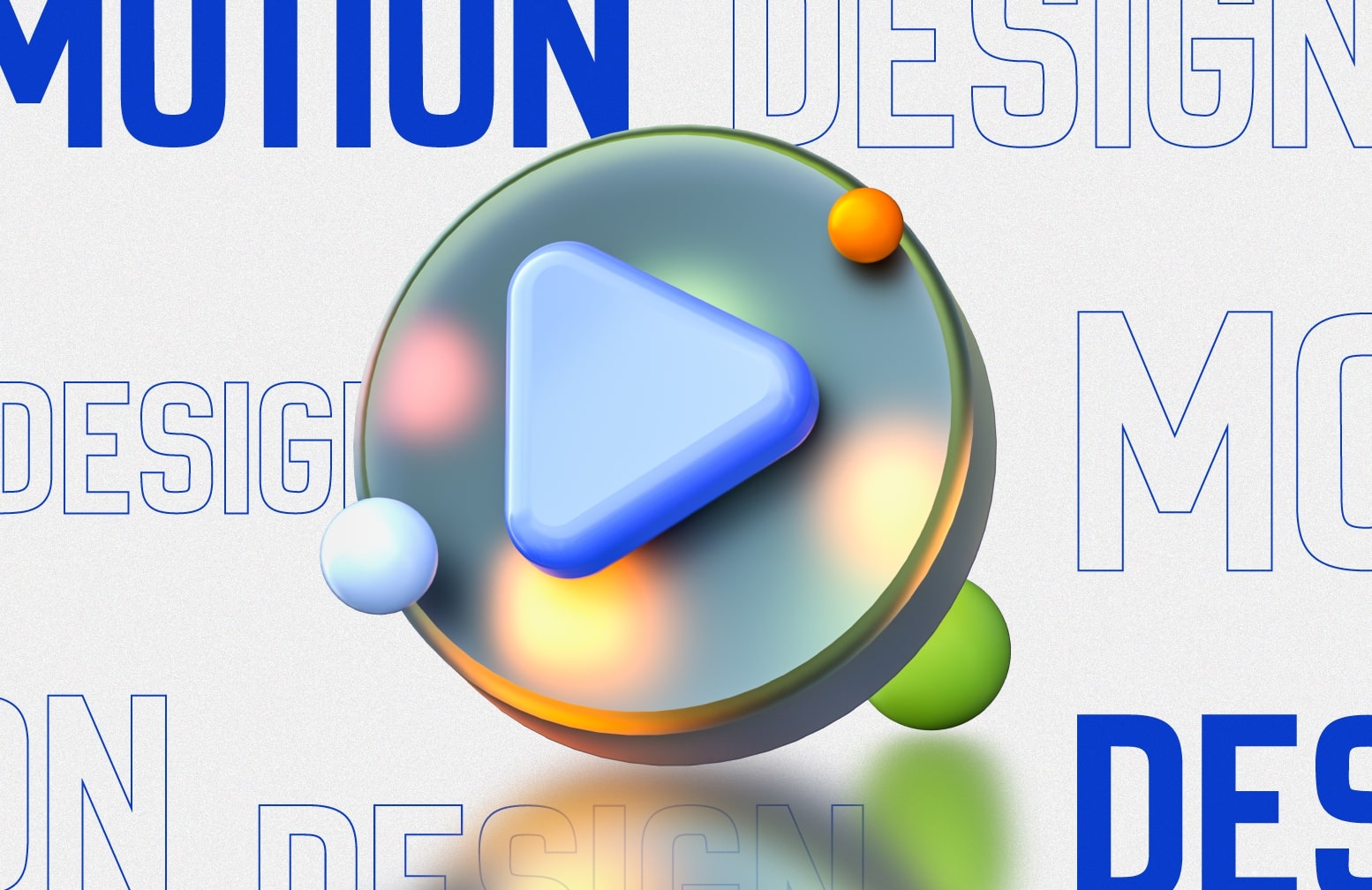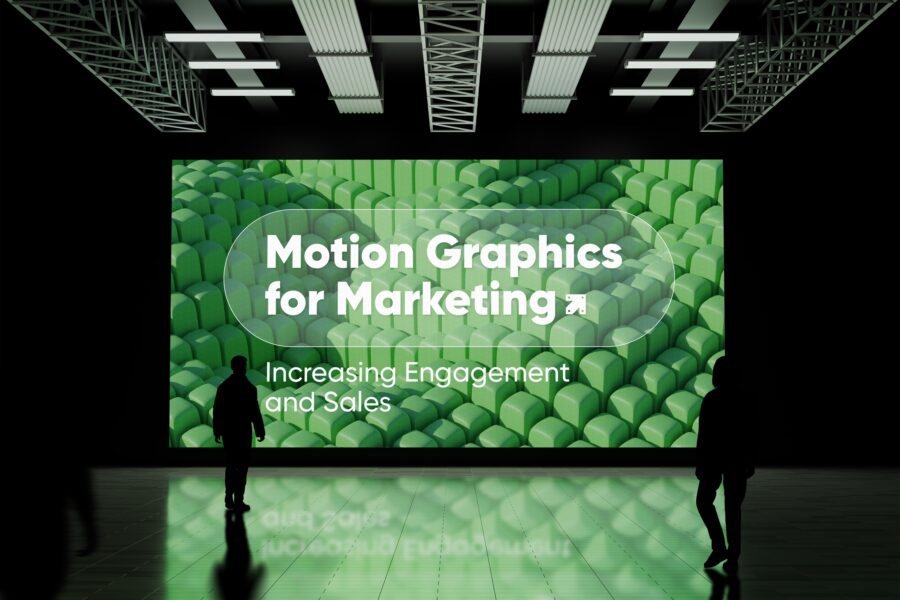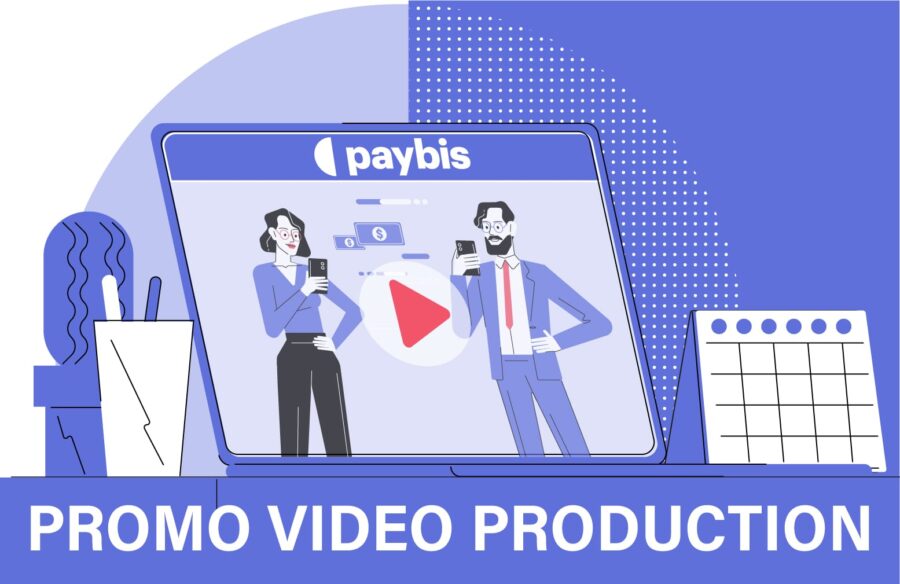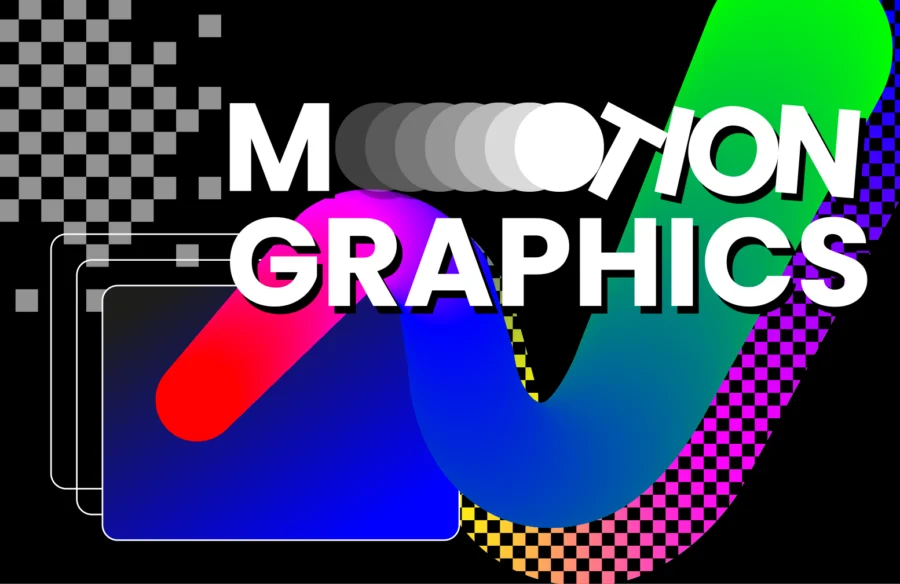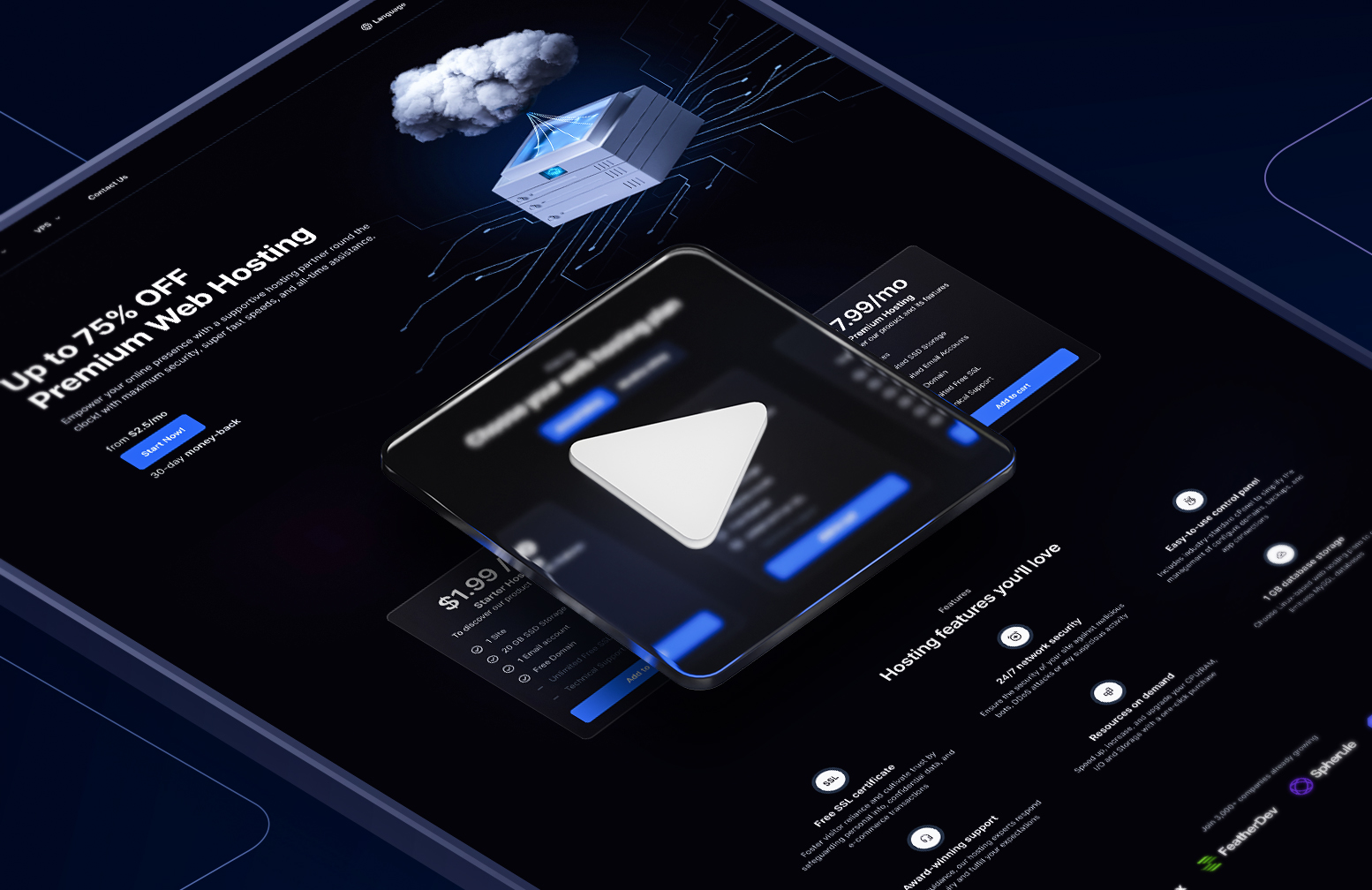There was a time we used to think of motion as extra. At the time, we, designers, used to add it as a final touch once everything else was locked, the logo, the colors, and the typography. We would maybe give your app a slick little onboarding screen, or animate the logo, and call it a complete brand identity.
Now, that understanding of motion is over. As a 3D motion graphics agency with years of experience in branding and identity building, we’ve seen, project after project, how motion design moves from being a “nice-to-have” to a necessary design decision that drives clarity, emotion, and recognition. The addition of product animation services to your branding package can change the game forever. When used intentionally, motion becomes a language of timing, emotion, and character. It can guide attention, shape perception, and make a message unforgettable. In this article, we’ll explore why motion design has become a cornerstone of modern branding and how leading companies are using it to redefine consumer expectations.
Motion is Today’s Visual Signature
In static design, your brand’s signature may be a logo, color scheme, or font family. In motion design, your brand’s personality becomes kinetic. What do the elegant “swoosh” of the Apple product intro animations, or the friendly elasticity in Google’s material design transitions, mean to you? These are dynamic brand statements. What these add is time. Motion reveals how things appear and disappear, how fast or smoothly they move, and what emotional cues they give off. These movement characteristics form a consistent motion language, much like tone of voice in copywriting.
Motion is about Strategic Branding
There’s a temptation to treat motion design as a decorative afterthought. The movement you bolt onto a product demo or a logo reveal should not be decorative. Strategic brands define motion rules just like they define logo use or color palettes. Spotify, for example, incorporates bold color transitions and rhythmic animations into its marketing materials that mirror its music-first identity. Airbnb’s animations are soft and reassuring and match their tone of inclusivity and hospitality.
Motion should always align with the core values of the brand:
- A fintech brand might use crisp, decisive animations to evoke trust and stability.
- A youth-focused fashion label may prefer snappy, rebellious transitions.
- A healthcare app might go for slow, friendly, fade-in movements to feel approachable.
Whatever direction your brand takes, motion design should be treated as a functional and deliberate movement that meets a certain goal.
Attention is the Most Valuable Currency
The human brain processes visual information 60,000 times faster than text. Motion amplifies this by directing where the eye should look, what action to take, and what emotion to feel. In UX, micro-interactions (like button hover states, swipe animations, and loading screens) are more than aesthetic additions; they reduce user friction, reinforce hierarchy, and provide feedback. A loading spinner that pulses softly can feel calm, while one spinning fast implies urgency and anxiety.
In advertising, motion multiplies impact. A Nielsen study showed that animated ads have 2.5x higher recall than static ones. Why? because movement triggers a deeper cognitive response, especially when combined with sound or storytelling.
Motion Humanizes the Brand
Motion is inherently emotional. Movement evokes feeling, and pace intensifies the degree. Suppose you are watching a product moving; is the movement springy and playful? Deliberate and precise? Melancholic and slow? This is especially vital for digital-first brands that lack physical presence. For example, consider the Stripe.com onboarding experience, where subtle animations guide you step-by-step. It feels like the brand is “with” you, and not just giving you instructions.
Motion also creates delight, a concept popularized in UX. It can make a user feel like a brand understands them, anticipates their needs, and doesn’t take itself too seriously (like Duolingo’s owl or Mailchimp’s quirky UI moments).
How does motion evoke a certain feeling?
Motion, in its many forms, becomes a vessel for feeling. Think of Slack’s “Work Simplified” animation. The motion video involves 2D illustrations and an animation-driven brand story that mirrors real-world stress. When you watch it, you instantly understand the brand’s value and the sense of relief it provides. The use of motion here is for visual empathy.
Case Studies: Motion That Made the Brand
Now that we’ve understood the importance of animated content for brand storytelling, let’s look at how real brands use animation for product visualization. We have chosen three brands as examples:
- Dropbox (rebrand by COLLINS): The new identity uses animated modular elements that convey creativity and customization. Here motion shows how Dropbox adapts to users’ workflows:
- Google Assistant: The glowing dots that “listen” and “think” give life to an invisible AI, making the brand feel responsive and empathetic:
- Headspace: Their animated meditations and interface transitions are soft, fluid, and human; they use motion graphics as a deliberate move to reduce anxiety and promote calmness.
Some Dynamic Design Work from Abron Studio
At Abron Studio, we provide corporate animation video services, including high-quality 3D animation for branding. When we animate, we focus on a brand’s identity and core values. A product intro might use bold, expanding transitions to signal confidence and growth. A finance brand might use subtle, measured motion to build trust and communicate control. These choices are guided by brand values, and they become part of how people remember and relate to the product.
In our recent showreel, you’ll see how varied that expression can be. We’ve built responsive UI motion for digital platforms, logo animations that convey evolution and precision, and full visual systems where motion connects product, content, and interface into one coherent experience. View the showreel below:
In line with that direction, in our logo presentation project, we used animation to reinforce the narrative arc behind Abron’s identity. The way the logo expanded, held, and then settled into its final form mirrored the creative energy, digital movement, and the connected thinking behind our studio’s process.
We also design for interaction: small, essential gestures like pull-to-refresh animations or micro-feedback states that make a product feel considered. These little details are signals that show users that the product is responsive, intentional, and trustworthy. You can check more of what we’ve done on our Dribbble.
The Future is Kinetic
As web design becomes more immersive (WebGL, AR, scroll-based storytelling), motion design will play a central role in shaping digital interactions. We’re heading toward fully dynamic brand systems where a logo might shift shape based on user input, or a brand’s interface could adapt its motion based on emotional context.
Motion is also democratizing through tools like Lottie, Rive, and Framer, which let designers create rich animations without heavyweight file sizes or dev bottlenecks. What’s needed now is for brand teams to treat motion as foundational, not a post-production garnish, but a first-class design decision embedded in brand guidelines and strategy decks.
Final Notes
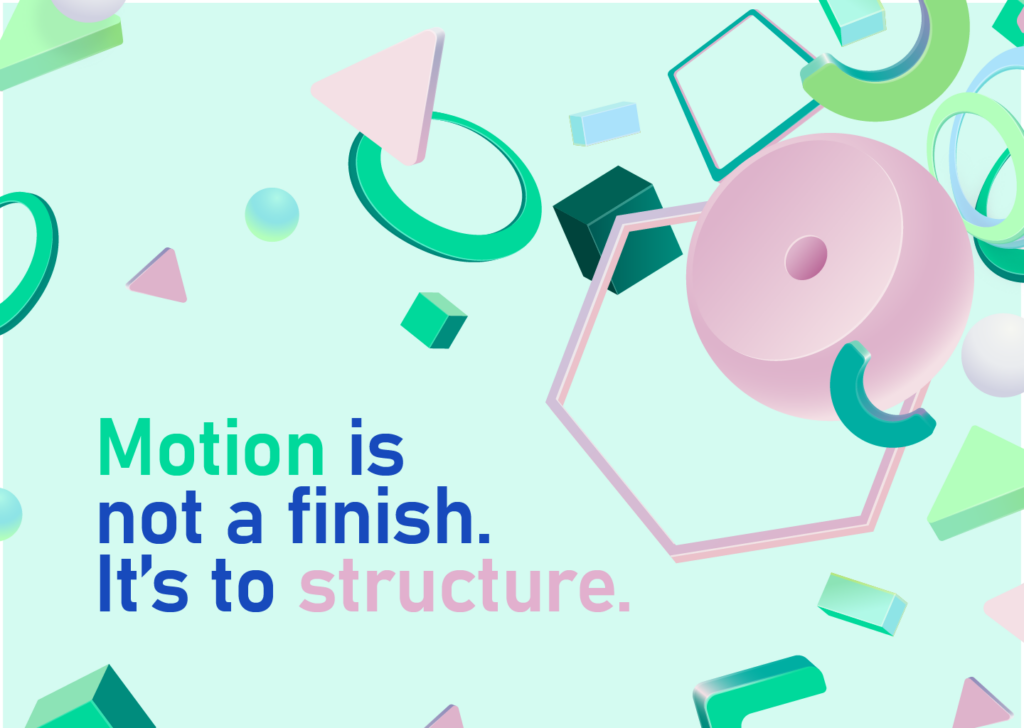
At Abron Studio, we don’t see motion design as an add-on. It’s part of how a brand thinks. When it’s working, it’s not just making things move. It’s guiding the eye, shaping the tone, and helping people feel something they might otherwise miss. If you are looking for that kind of artistry, including:
- Animated Content for Brand Storytelling,
- Motion Graphics for Marketing,
- Affordable 3D Animation Services,
- Stylized 2D Animation for YouTube,
- Web Animations for User Engagement,
and many other story-driven animation services, connect with our team at hi@abron.co.
For more articles like this, visit our blog.
